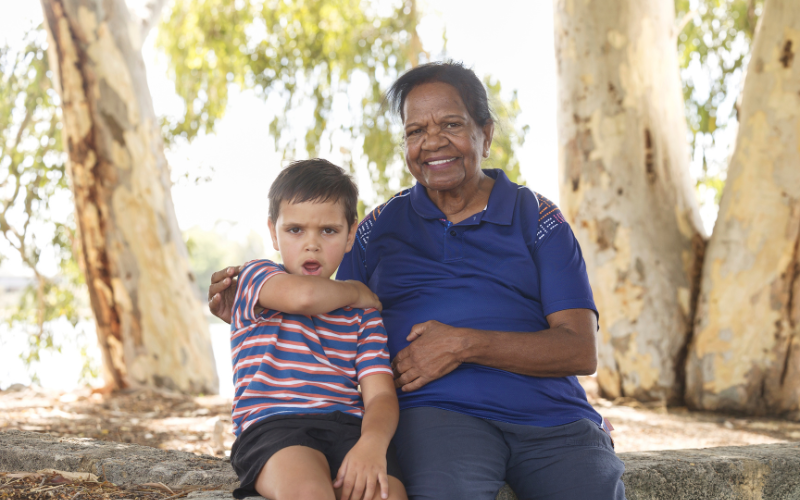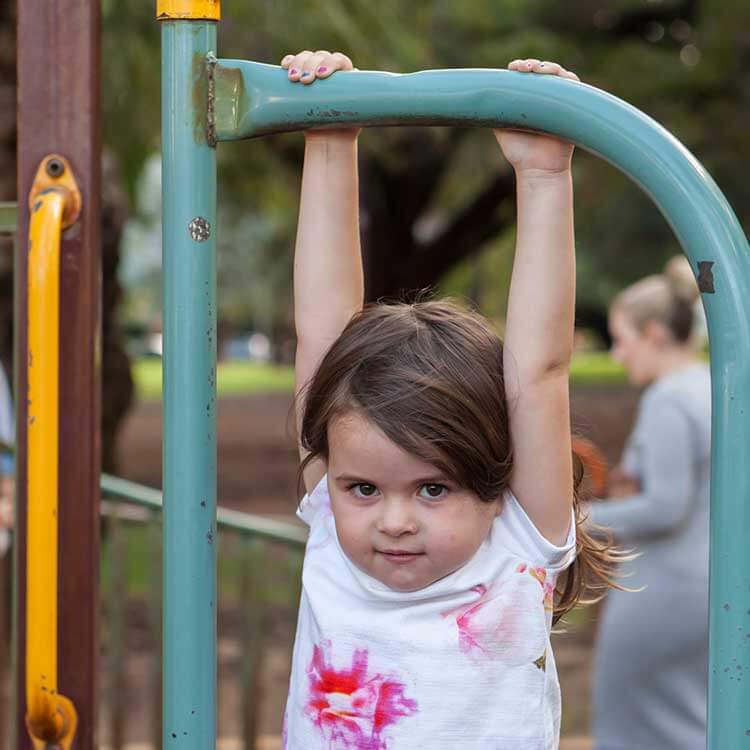Search
Showing results for "early lung health"
Research
Persistent activation of interlinked type 2 airway epithelial gene networks in sputum-derived cells from aeroallergen-sensitized symptomatic asthmaticsOur findings provide new insight into the molecular mechanisms operative at baseline in the airway mucosa in atopic asthmatic with natural aeroallergen exposure
Research
The Global Asthma Network: Understanding asthma in urban and regional Western AustraliaRachel Graham Alexandra Foong Hall Whelan BSc (hons), PhD, MBiostat BAppSci PhD CRFS FANZSRS FThorSoc FERS BSc, MPH Honorary Research Associate
Research
The Respiratory Microbiome in Paediatric Chronic Wet Cough: What Is Known and Future DirectionsChronic wet cough for longer than 4 weeks is a hallmark of chronic suppurative lung diseases, including protracted bacterial bronchitis, and bronchiectasis in children. Severe lower respiratory infection early in life is a major risk factor of PBB and paediatric bronchiectasis.
Research
Childhood atopy and mental health: a prospective, longitudinal investigationFindings are the first linking atopy (measured by both parent report and objective verification) with increased vulnerability to affective and anxiety problems
Research
Bronchopulmonary dysplasia: Rationale for a pathophysiological rather than treatment based approach to diagnosisThis review describes the evolution of bronchopulmonary dysplasia definitions, evaluates the benefits and limitations of each approach
Research
Assessment of different techniques for the administration of inhaled salbutamol in children breathing spontaneously via tracheal tubes, supraglottic airway devices, andPerioperative respiratory adverse events account for a third of all perioperative cardiac arrests, with bronchospasm and laryngospasm being most common. Standard treatment for bronchospasm is administration of inhaled salbutamol, via pressurized metered dose inhaler. There is little evidence on the best method of attaching the pressurized metered dose inhaler to the artificial airway during general anesthesia. The aim of this study is to investigate the best method to deliver aerosolized salbutamol via pressurized metered dose inhaler to the lungs of an anesthetized child.

News & Events
Perth campaign aims to raise awareness of dangers of a chronic wet cough in Aboriginal childrenAn intensive health promotion campaign which aims to raise awareness of the dangers of a chronic wet cough in Aboriginal children launched this month in Perth.

News & Events
Execution of Licence Agreement with The Kids Research Institute Australia and Erasmus University Medical CentreResonance Health Ltd is pleased to announce that it has entered into a licence agreement with The Kids Research Institute Australia and the Erasmus University Medical Centre.
Research
Assessing Clinical Deterioration in Children With Dark-Coloured Skin: A Scoping ReviewBackground: Signs of clinical deterioration may appear differently in children with dark-coloured skin. How to assess children in this cohort is currently poorly defined. Aim: To explore available information on the assessment of clinical deterioration in children with dark-coloured skin and identify research deficits.

The Airway Epithelial Research Team is investigating the role of the epithelium in the development of airway diseases including asthma, cystic fibrosis and lung transplant rejection.
